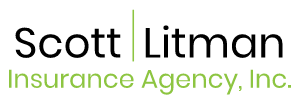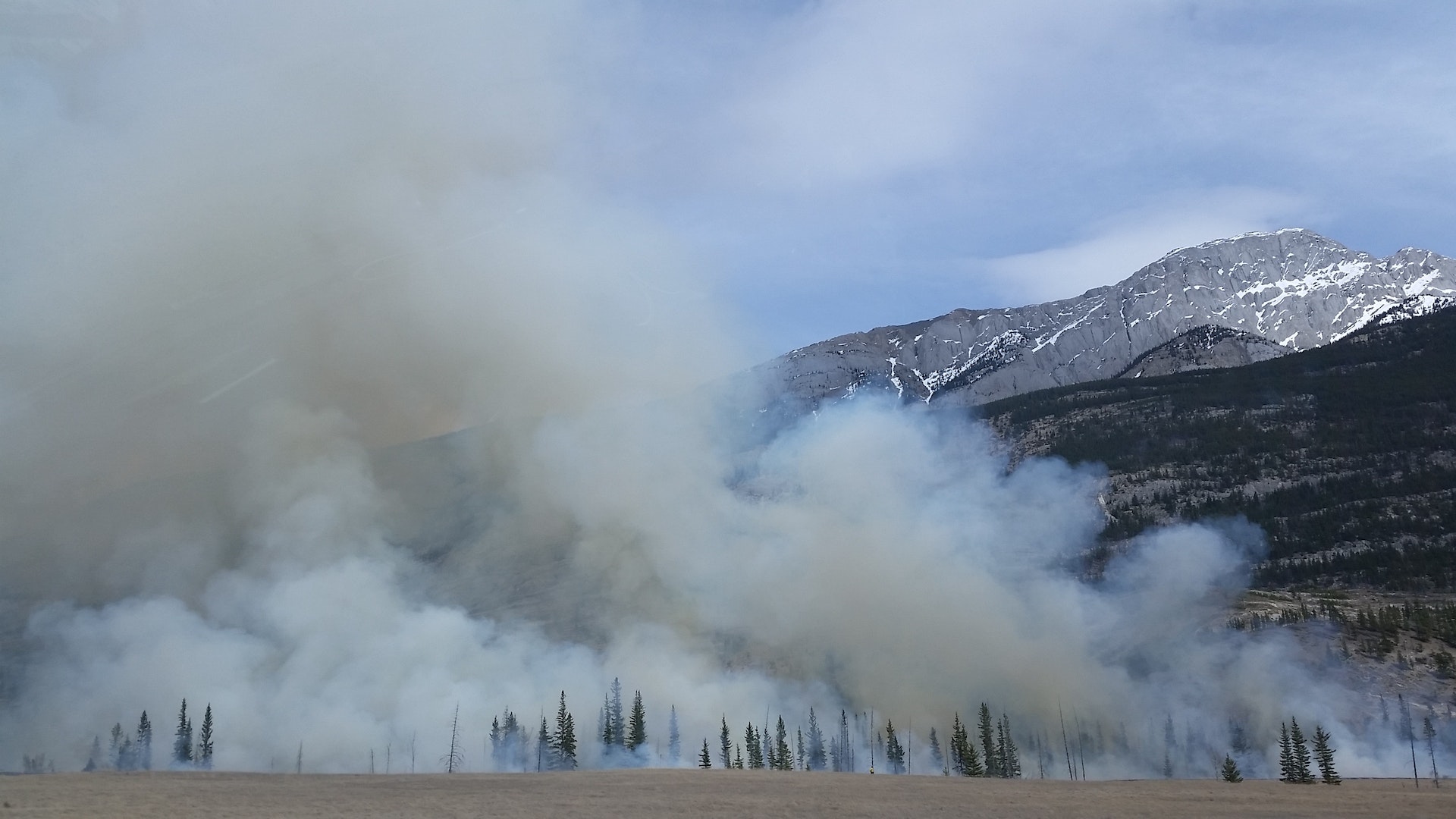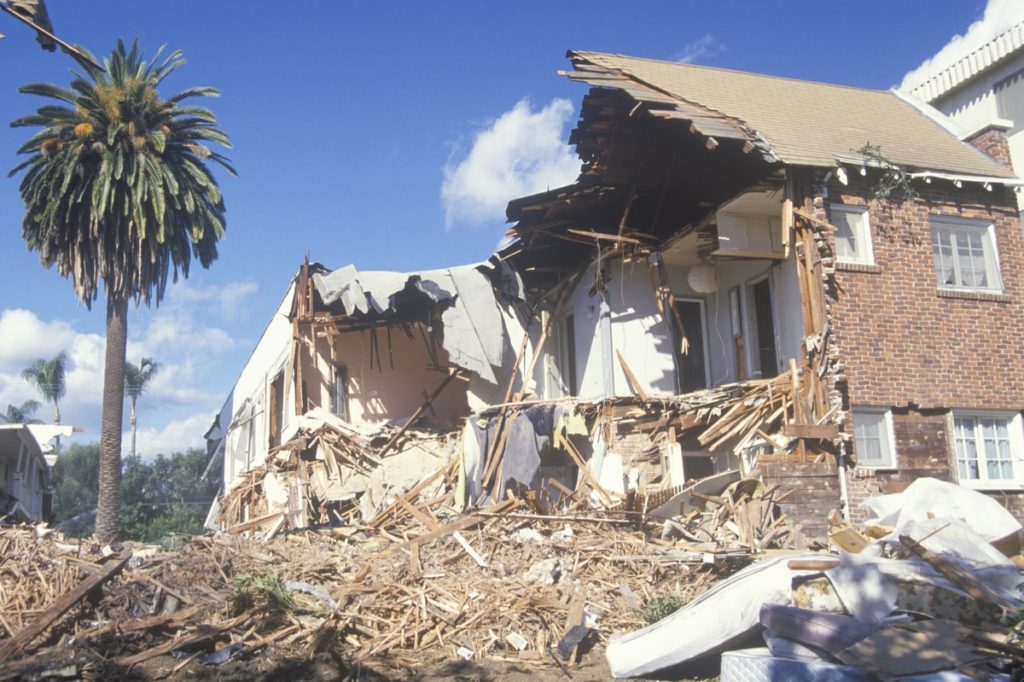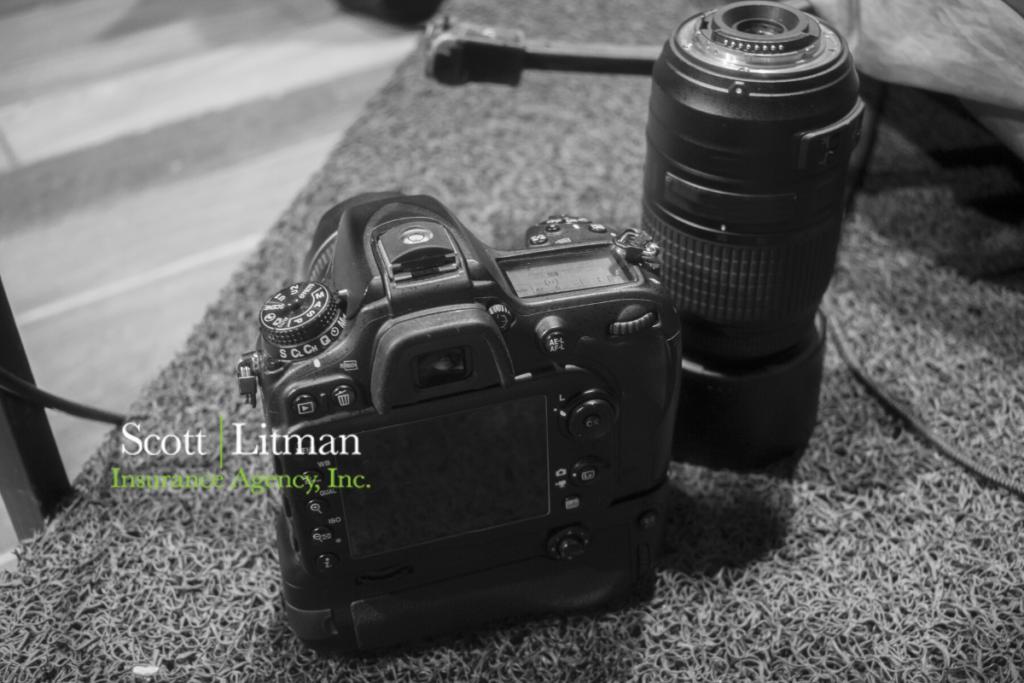SCOTT LITMAN INSURANCE AGENCY
In recent years, the state of California has experienced an alarming trend of decreased availability of fire insurance, making nationwide front page news, for residential properties, including condominiums. Factors such as increasing frequency and severity of wildfires, and rising insurance costs have contributed to this concerning situation. As condominium association board members, it is crucial to understand the best practices to navigate this challenging environment. This article aims to provide valuable insights and actionable steps for condo association board members to address the issue of shrinking fire insurance availability.
1.Review the CCR “Insurance” Section to see if it Allows for Reduced Building Limits or Insurance Proceeds
Board members have a crucial role in ensuring the financial stability and protection of the community association they serve. One important aspect they should review is the conditions, covenants, and restrictions (CC&Rs) regarding the retention of lower than replacement cost limits of insurance. This means thoroughly examining the governing documents to determine if there are any provisions that allow for insurance limits that are below the cost of replacing or rebuilding the property. Such a review allows board members to assess the adequacy of insurance coverage and take necessary steps to protect the association and its members from potential financial hardships in the event of a loss.
In situations where insurance proceeds for a loss are less than the full replacement cost, it is essential to refer to the current covenant conditions and restrictions for guidance. Ideally, these provisions should outline the actions the board can take to address the shortfall and protect the interests of the community. This may include exploring alternative insurance coverage options, raising special assessments or reserves to cover the deficit, or seeking approval from homeowners to modify the existing restrictions temporarily. By understanding and adhering to the conditions and restrictions outlined in the governing documents, the board can ensure a transparent and fair process while addressing any potential financial gaps resulting from lower insurance proceeds.
2. Implement or Apply “Bare Walls” Unit Coverage in the “Insurance” Section of the CCR
Implementing a HOA policy requiring “Bare Walls” coverage for the Units can bring several benefits to the association, particularly in terms of reducing the amount of coverage needed to be obtained by the association for insurance purposes. By shifting the limit of coverage
for the unit (e.g. counters, cabinets floor and wall coverings) to the owners, the association can alleviate the financial burden of acquiring association insurance in these difficult times. The requirement allows the association to focus solely on insuring common areas and shared facilities, which are typically costlier to cover. This not only reduces insurance costs for the association, but it also empowers unit owners to take individual responsibility for insuring the interior of their units. Additionally, the bare walls policy promotes transparency and accountability within the association and encourages homeowners to diligently maintain and protect their own property, fostering a sense of ownership and pride within the community.
3. Conduct a Fire Risk Assessment:
An important step in combating the limited availability of fire insurance is to conduct a comprehensive fire risk assessment for the condominium complex. Engage with professionals experienced in fire risk management to evaluate potential vulnerabilities. This assessment will help identify areas that require attention and can serve as a foundation for developing proactive mitigation strategies.
4. Implement Fire Safety Measures:
One effective way to reduce the potential damage and reduce the limit of insurance needed is to implement robust fire safety measures. Enforce strict fire safety guidelines and ensure that the condominium complex adheres to all applicable building codes and regulations. Install and maintain fire alarm systems, smoke detectors, fire extinguishers, and sprinkler systems throughout the premises. Additionally, encourage residents to practice fire safety by conducting regular drills and providing educational resources.
5. Develop a Comprehensive Disaster Preparedness Plan:
Create a well-rounded disaster preparedness plan that specifically addresses fire incidents. Collaborate with local authorities, fire departments, and community organizations to establish evacuation procedures, emergency response protocols, and effective communication channels. Regularly update and communicate this plan to all residents.
6. Evaluate and Mitigate Property Risks:
Identify areas of potential risk within the condo complex and take steps to minimize them. Clear vegetation and debris from surrounding areas, maintain fire-resistant landscaping, and ensure that the premises are adequately protected against fire hazards. Regularly inspect and maintain electrical systems, HVAC units, and other potential sources of fire. Prioritize these risk mitigation efforts to increase the likelihood of securing fire insurance coverage.
7. Request Owners to Increase Their “Fire Loss Assessment” and “Building Unit” Coverages
Condo owners can take several steps to increase their individual coverages including “fire loss assessment” and “building Unit” coverages in their H06 policies.
Fire loss assessment coverage helps protect condo owners in case of special assessments to cover damages or repairs from a fire incident. Owners should consider increasing the policy limits to the maximum their carrier allows. The cost to increase this coverage is currently inexpensive with most carriers. Working with an insurance agent or broker who specializes in condominium insurance can provide valuable guidance in selecting appropriate coverage levels and ensuring that individual policies are tailored to adequately protect against fire- related risks.
Condo unit owners have the opportunity to enhance their insurance coverage by purchasing “Building Unit” coverage on their individual policies. This coverage extends to include important elements of the physical structure, such as counters, cabinets, floor, wall, and ceiling coverages. By adding this coverage, it reduces the amount of coverage needed by the HOA. But make sure to review the “Insurance” section of the CCR for eligibility.
8. Establish Financial Reserves:
One significant challenge associated with shrinking fire insurance availability is the escalating costs of coverage. Condo association board members must diligently establish and maintain sufficient financial reserves to handle potential increases in premiums or deductibles. Consistently review insurance policies to ensure that they align with the evolving needs of the condominium complex.
9. Engage with Insurance Experts:
Seek the guidance of insurance professionals well-versed in the specific challenges faced by condominium associations in California. Partnering with an experienced broker can offer valuable insights into navigating the insurance market, identifying alternative coverage options, and securing the best available rates. Regularly review insurance policies and seek competitive quotes to effectively manage costs.
Conclusion:
The shrinking availability of fire insurance in California poses significant challenges for condo association board members. However, by adopting these best practices, board members can proactively address the issue, mitigate risks, and try to minimize the need for what insurance coverage is available at this time, in the face of increasing wildfires. Conducting a review of the CCR, “Insurance” section to allow reduced Building limits, what steps to take if reduced insurance proceeds are paid, applying/obtaining a Bare Walls HOA policy, fire risk assessments, implementing fire safety measures, developing disaster preparedness plans, evaluating property risks, establishing financial reserves, engaging with insurance experts and asking Owners to increase their Loss Assessment and Building Unit
Coverages are essential steps to ensure the protection and safety of the condominium complex and its residents. By staying vigilant and proactive, condo association board members can navigate this challenging landscape and secure the necessary fire insurance coverage.
In my 30+ years as an insurance professional specializing in condominiums, I have witnessed numerous devastating catastrophes, from the Northridge quake to the great mold scare to the current situation we are in. Throughout each of these incidents, the insurance industry has consistently demonstrated its resilience and ability to adapt. Following a catastrophe, the industry promptly shuts down in response, meticulously reviewing and evaluating coverages and policies. This thorough examination results in revised policies and coverages that not only address the immediate impact of the catastrophe but also strive to appeal to the public. I am confident that, yet again, the industry will rise to the occasion, transforming this current challenge into a distant memory.
Scott Litman, JD, a highly knowledgeable condo insurance specialist with over 30 years of experience. Scott is an expert in reviewing existing policies, identifying coverage gaps, and ensuring that condominium owners are adequately protected. With his deep understanding of the intricacies of condo insurance, Scott also excels at shopping for additional quotes to find the most cost-effective options for his clients.
